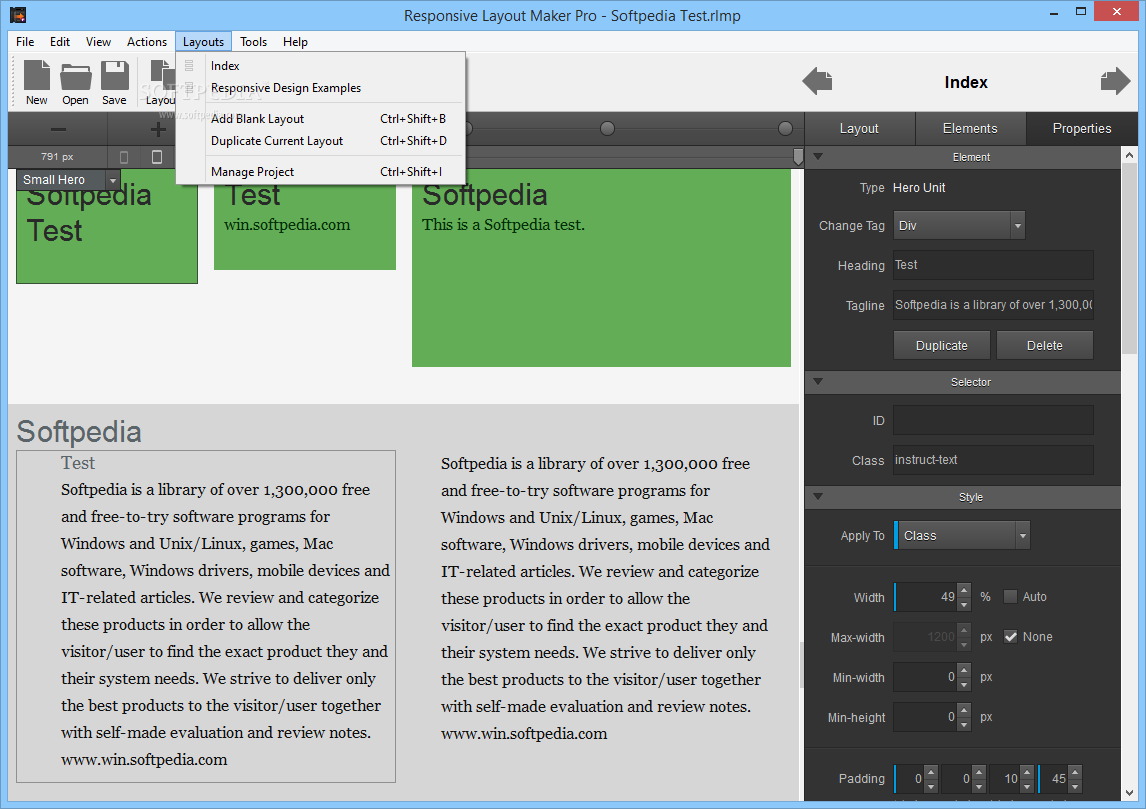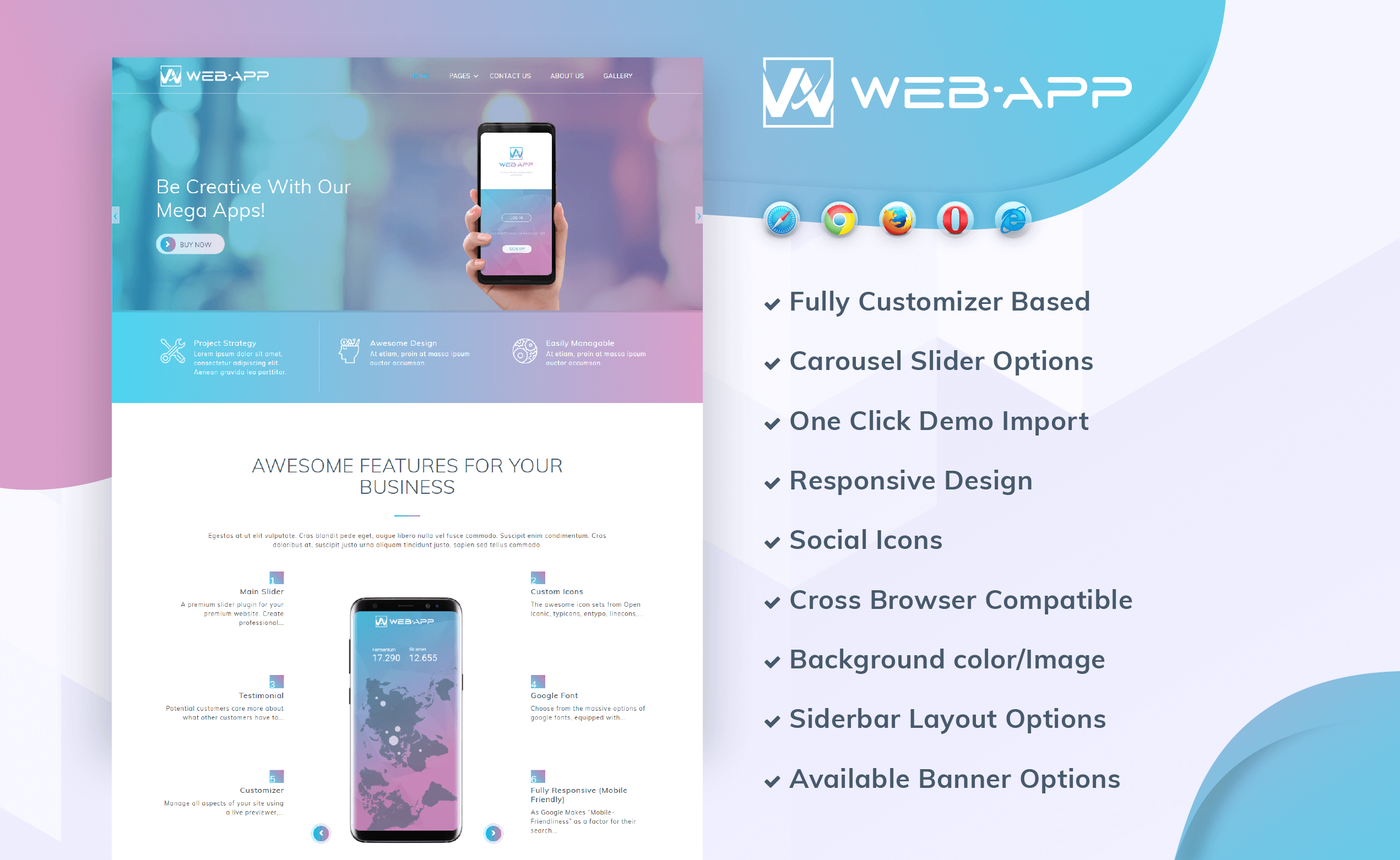
- #Responsive layout maker pro 1.1 or 1.5 how to#
- #Responsive layout maker pro 1.1 or 1.5 generator#
- #Responsive layout maker pro 1.1 or 1.5 upgrade#
Make elegant text lists, image lists or infographics that your users will love, bookmark, embed and share! This is a new way to create, curate and visualize useful contents or listicles and display them with elegant designs. Getting Started with the Infographic Maker – iList (PRO)
#Responsive layout maker pro 1.1 or 1.5 upgrade#
Support, Bug Report, Feature Requests | Infographic Maker Pro Version Live Demo | Upgrade to Pro!
#Responsive layout maker pro 1.1 or 1.5 generator#
It also includes a Shortcode Generator Block for Gutenberg. IList is compatible with Gutenberg and other visual editors like elementor. Display the infographic on any WordPress page or post with a short code for elegant data visualization.

Data visualiation is now easy! Build Dynamic, HTML & Responsive infographics (data visualizer) or elegant Text and Image Lists easily with embedded HTML5 charts and graphs. Make elegant listicles effortlessly directly from the WordPress backend. iList is first of its kind WordPress plugin to create free Infographic online from your WordPress backend. Infographics & elegant Lists are now easy to make with iList using dynamic, HTML5 charts and graphs. They may face institutional constraints whereby these issues are not considered to be a health priority or an important area for intervention.Beskrivelse Infographics Maker with Charts and Graphs – iList

#Responsive layout maker pro 1.1 or 1.5 how to#
They may also not know how to explore inequalities experienced by their clients, or what to do about them. They may face high workloads or believe that a woman's lack of power to persuade her partner to practice safer sex is a family matter in which they should not interfere. They may believe that addressing gender is not part of their mandate or scope as health workers. they may accept men coercing their wives to have sex as normal). Programme staff may consider certain harmful gender norms to be normal, or may themselves experience the inequalities that their clients face and may, therefore, accept them as legitimate (e.g.

Likewise, health programmes must enable staff to promote and protect their clients' rights to informed consent, informed choice, respectful and non-discriminatory treatment, and confidentiality, as well as to sexual and reproductive health.įor various reasons, programme staff may not be willing or able to address harmful gender norms in their communities, unequal power relations between female clients and their partners, gender-based violence, or the sexual behaviours of their clients. For example, it is important to consider how gender norms affect women's lives and health, and how providers' own attitudes towards gender equality can affect their interactions with their female clients.

( 21– 23) The framework specifies that provision of good quality care needs to take into account the specific needs of women and men, and promote and respect the human rights of clients. It is applicable to public and private sector programmes in clinical as well as community-based settings. 1 This framework emphasizes the importance of technical standards, positive attitudes on the part of health-care providers, and increasing client access to information about services. The principles for gender-responsive programming are based on a quality-of-care framework, which places the client at the centre of programming and service delivery. HIV/AIDS programmes and services must be governed by the following core principles: NON-DISCRIMINATION: Treat all clients fairly, regardless of age, sex, sexual orientation, gender identity, ethnicity, religion, (more.) Core principles for HIV/AIDS programming (21).


 0 kommentar(er)
0 kommentar(er)
